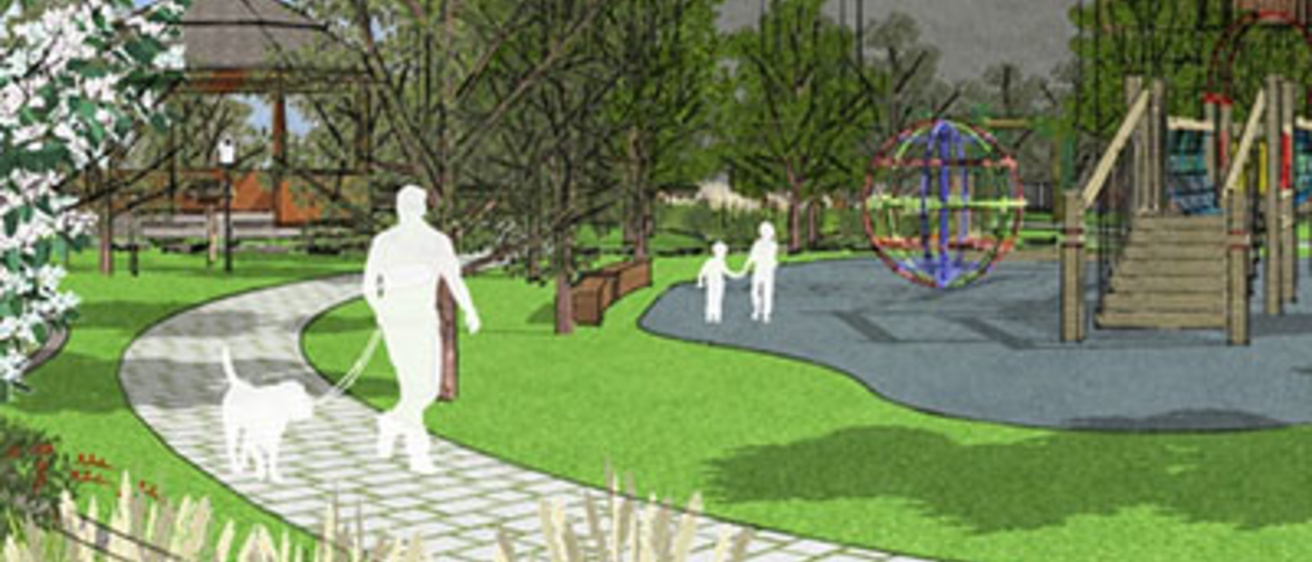For years, downtown Sioux City has served as a regional economic and cultural center in northwest Iowa. Industrial and agricultural activities dominated the original downtown landscape, which has since evolved into a center for arts, entertainment, civics, and commerce while maintaining much of its historic architectural character. However, private investment in downtown has come at the direct expense of greenspace. Currently, existing greenspace accounts for only 4 percent of total space in downtown. Likewise, only 1.43 percent of downtown’s surface area is under the cover of trees. Lack of greenspace has led to significant environmental consequences including poor soil and plant health, high stormwater runoff due to high impervious areas, and noticeable heat island effects.
Since August, URP students Varsha Borde, Ben Curtis, Katie Gandhi, and Parker Just have been working in partnership with the Siouxland Interstate Metropolitan Planning Council, the City of Sioux City, and Downtown Partners Sioux City to research and identify ways that the current stock of greenspace in downtown can be increased in order to address the previously mentioned environmental consequences and to increase the aesthetic, social, and economic attractiveness of downtown.
The students performed a Greenspace Assessment of existing conditions in downtown Sioux City, which examined several factors that play into the overall greenspace picture. This included examining environmental and land use elements such as soils, tree cover, impervious surface areas, and regional hydrologic conditions, as well as social factors such as downtown residential and worker population demographics and proximity to existing greenspace. Based on this assessment, the students developed a Need-Based Evaluation Model, which evaluated the aforementioned factors in addition to public priority in order to identify priority blocks for future greenspace development. These assessments will be combined with an analysis of funding opportunities for greenspace, as well as public input, in order to create a Greenspace Plan for downtown Sioux City, which will be delivered to project partners in May.
In addition, the students prepared a series of conceptual renderings of potential greenspaces in downtown and collected public input on various amenities at an Open House in early March. Participants were asked to place stickers on posters next to amenities that they preferred. Popular ideas involved incorporating a green roof on top of a city-owned parking garage, developing a pocket park across from a brand-new children’s museum, and greening existing surface parking lots and streetscapes in downtown.
The students have been keeping a blog documenting their project to date. The site can be found here: https://greenspacesc.wordpress.com/
